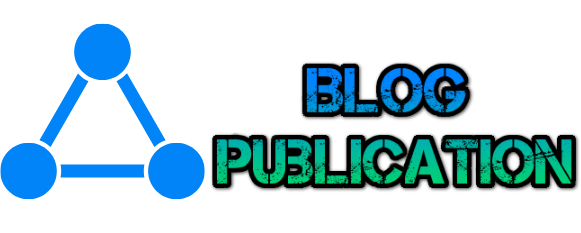Health Economics Outcomes Research (HEOR) has become an essential field, especially as healthcare costs rise and decision-makers demand clear, actionable insights. By connecting clinical outcomes with real-world value, health economics outcomes research empowers stakeholders such as policymakers, clinicians, and insurance providers to make better-informed choices. This article explores how HEOR strengthens data interpretation, providing clarity and relevance to the numbers that ultimately shape our health systems.
What Is Health Economics Outcomes Research?
Health Economics Outcomes Research blends economics, clinical research, and statistics to evaluate the value of health interventions. It goes beyond tracking whether a treatment works. Researchers at institutions like The University of North Texas Health Science Center at Fort Worth apply HEOR to understand which healthcare options deliver the most benefit for the resources invested. By putting cost, effectiveness, and real-world utility side by side, they provide a clearer foundation for decision-making.
Turning Complex Data Into Practical Insights
HEOR takes health data—which can be messy, complicated, and overwhelming in raw form—and shapes it into something more informative:
- Cost-Effectiveness Analysis
A simple example is when two medications are equally effective but vary in price. Through cost-effectiveness analysis, HEOR determines which offers the best value for money. Decision-makers then have solid grounds for recommending or reimbursing one option over another.
- Measuring Real-World Outcomes
Randomized controlled trials offer crucial evidence, but real patients don’t always match trial participants. With HEOR, researchers analyze data from insurance claims, electronic health records, and national databases to see how treatments perform outside of controlled environments. This helps show how effective or safe a treatment is for the wider public.
- Quality of Life Assessments
It’s not just about saving lives; it’s also about improving daily living. HEOR tools like quality-adjusted life years (QALYs) give a fuller picture, combining lifespan with well-being. When health plans weigh whether to list a new therapy, these insights are especially valuable.
- Supporting Healthcare Policy
Policy leaders need to justify investments in new procedures or technology. By synthesizing data into clear, measurable benefits, HEOR helps support the adoption of interventions that improve outcomes without wasting resources.
Why Accurate Data Interpretation Matters
Interpreting data effectively is not just academic; it influences real people’s access to care. Misread results can lead to waste, missed opportunities, or even harmful policies. HEOR provides a structured, systematic approach that reduces bias, fills knowledge gaps, and ensures that resources go where they’re most needed.
A Practical Example
Consider a new cancer drug introduced to the market. Clinical trials show positive results, but the drug is expensive. Stakeholders turn to HEOR studies to decide whether the added benefit justifies the cost. Through real-world evidence and health outcomes analysis, experts at places like The University of North Texas Health Science Center at Fort Worth help clarify whether patients genuinely benefit in everyday settings. This guidance supports efficient, reasoned decisions about which treatments make it into standard practice.
Moving Forward With Informed Decisions
Health Economics Outcomes Research is sharpening the way healthcare data is interpreted across the industry. By balancing economic considerations with patient experiences and outcomes, researchers ensure that every healthcare dollar has the greatest impact.
Health systems need steady hands and clear thinking. HEOR delivers both, turning raw data into smarter, fairer choices for all.







